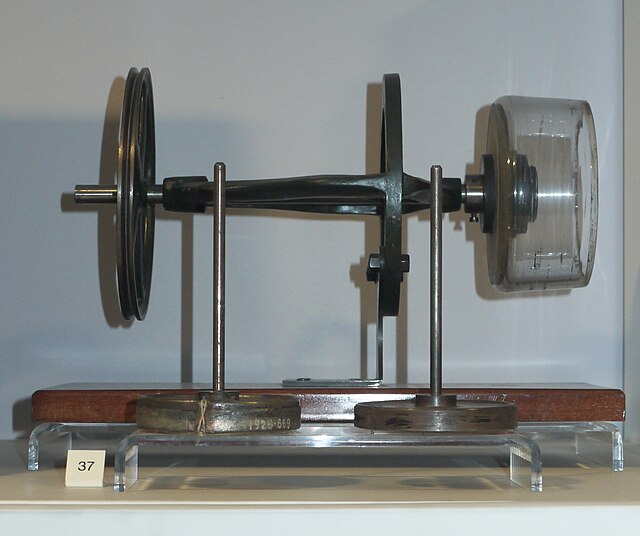Lyocell is a semi-synthetic fiber used to make textiles for clothing and other purposes. It is a form of regenerated cellulose made by dissolving pulp and dry jet-wet spinning. Unlike rayon; which is made by the more common viscose processes, Lyocell production does not use carbon disulfide, which is toxic to workers and the environment. Lyocell was originally trademarked as Tencel in 1982.
Mattress with Lyocell as cover material
Label of a coat containing Tencel (a brand of Lyocell)
Shirt made from Lyocell
Rayon, also called viscose and commercialised in some countries as sabra silk or cactus silk, is a semi-synthetic fiber, made from natural sources of regenerated cellulose, such as wood and related agricultural products. It has the same molecular structure as cellulose. Many types and grades of viscose fibers and films exist. Some imitate the feel and texture of natural fibers such as silk, wool, cotton, and linen. The types that resemble silk are often called artificial silk. It can be woven or knit to make textiles for clothing and other purposes.
A device for spinning viscose rayon dating from 1901
Lyocell shirt
A sample of rayon from a skirt photographed with a macro lens
Another skirt with a different texture






